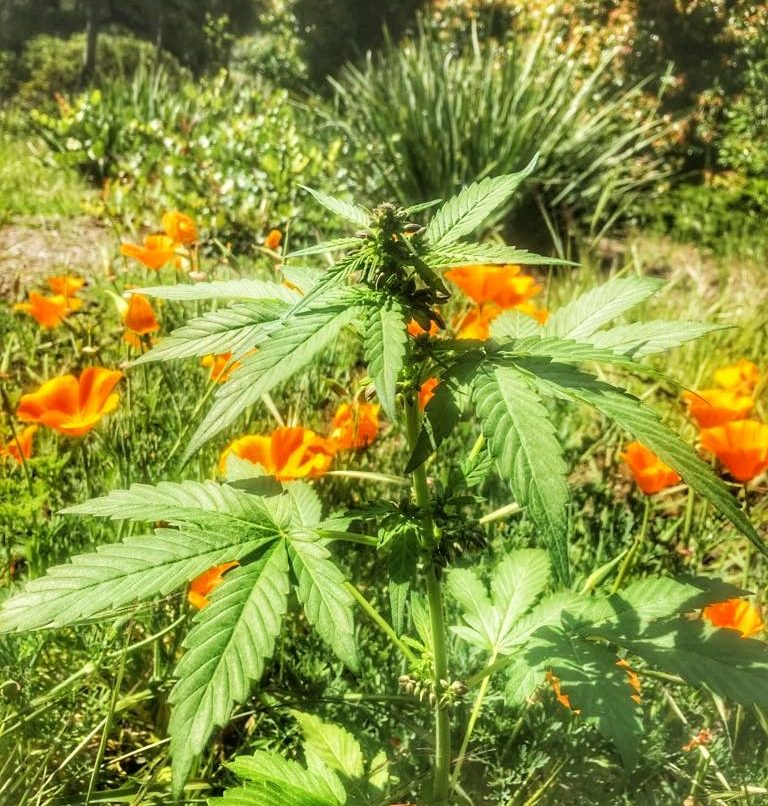We all know what 420 is about. It’s the day – and time if you’re daily indulger – that people around the world come together to celebrate and partake in cannabis consumption. But where did it all start?
Years ago when we were growing up, 420 was rumored to have started as the Los Angeles Police Department’s numeric code for cannabis possession. In the pre-internet days, this was unverifiable and sounded good enough to believe. It was particularly credible because of the popularity of using police or penal code numbers – like “1-8-7” – in hip-hop songs to reference crimes. This obviously was in the days where cannabis possession was a fairly serious offense.
It All Started in California
However, the truth is far different. According to Smoke Signals by Martin A. Lee (highly recommended), 420 traces it’s origins to Marin County, California. Marin County, just across the Golden Gate from San Francisco, has long been a cannabis-friendly, counter-culture hotspot, so it’s no surprise 420 started there. A group of high school friends known as “the Waldos” started “420” as their own code for cannabis. It began as a reference to the time of day they would meet up to smoke cannabis together.
On Tour with the Grateful Dead
But how did it spread from a couple of high school stoners to a worldwide phenomena? Well, it turns out the Waldos befriended some folks from the advocacy group Cannabis Action Network (CAN) during a Grateful Dead show. Marin County was home to the legendary hippy-era rock band and many “Dead head” fans followed the group around on tour. The CAN folks adopted the 420 slang and took it on tour with Dead and put it to use in their cannabis advocacy activities. In the 1990s High Times picked up the meme by reprinting a 420-related flyer from a Grateful Dead show. This amplified its use far beyond just word of mouth.
Fast-forward a few decades and millions of people around the world celebrate 420 every year. And every year more and more 420 activities are legal. An incredible tribute to the Marin County Waldos and the ability of a meme to thrive in the pre-internet era.
